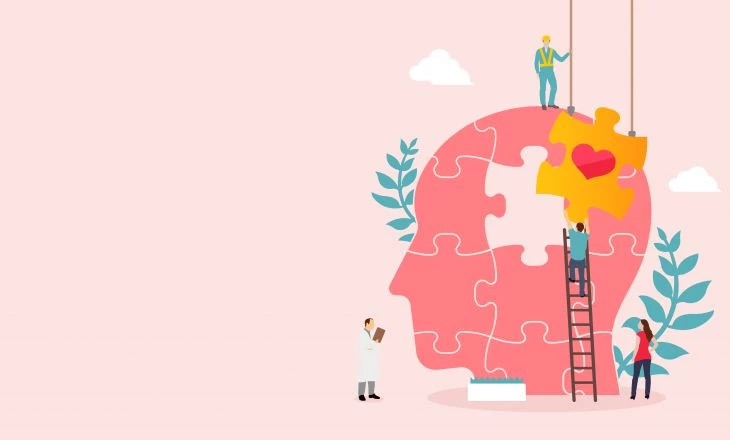Why intense thought for several hours can cause mental fatigue
Light as a fairy tale: What makes a feel-good movie feel good? / Why Jupiter doesn't have rings like Saturn
It is common for us to experience mental fatigue after engaging in intense thought for a prolonged period of time. Long-term concentration causes areas at the front of the brain to accumulate glutamate, a chemical. This may explain why we avoid difficult tasks when we are mentally exhausted: glutamate overload makes further mental work challenging.
According to Antonius Wiehler, the research's principal investigator at the Paris Brain Institute in France, too much glutamate may be harmful. “The brain wants to avoid this, so it is trying to reduce activity.”

Why intense thought for several hours can cause mental fatigue.
After a challenging day of thinking, many of us have felt mentally exhausted, but until now, we were not sure why. After exerting itself, the brain does not seem to lose energy, and even when we are not consciously thinking about anything in particular, certain brain regions known as the "default mode network" are still active. Wiehler and his team used a method known as magnetic resonance spectroscopy (MRS), which measures levels of different chemicals in living tissue without harm, to find out more.
They concentrated on the lateral prefrontal cortex, a part of the brain located toward the front and sides that has been linked to challenging mental tasks in a large body of prior research.
40 people were given memory tests to complete while laying in an MRS scanner by the team. These included identifying similarities between successive numbers as they appeared in a sequence on a screen. A harder version of this task was given to 26 participants, and an easier version was given to the other 14.
The concentrations of eight different brain chemicals were measured, including glutamate, the primary neuronal signaling chemical. Electrical signals can not cross the chasm at the synapses, the junctions between neurons. Instead, the signal is transmitted by the release of minute particles of chemicals like glutamate.

Illustrative image.
Those who completed the harder version of the memory tasks for six hours had higher levels of glutamate than they did at the beginning of the experiment in their lateral prefrontal cortex. In those completing the simpler task, levels remained largely unchanged. The other seven chemicals that were measured in the brain did not increase across all participants.
The glutamate levels increased along with pupillary dilation in the participants performing the more difficult tasks, which is another general indicator of fatigue. Those performing the easier task reported feeling exhausted but did not experience a glutamate rise or dilated pupils.
The researchers also looked into how decision-making was impacted by mental fatigue. They achieved this by interspersing the memory task with various exercises, such as one in which participants had to decide whether to receive a certain amount of money right away or another later.
The participants performing the more difficult task switched to options that offered a small reward right away because they felt more exhausted and had an accumulation of glutamate. This could be an example of us avoiding challenging cognitive tasks, like deciding which course of action to take, in order to avoid the buildup of potentially harmful glutamate levels.
“One way to [reduce glutamate build-up] is to activate the lateral prefrontal cortex less during choices,” says Wiehler. “If you do that, you are more often choosing the tempting option.”
According to Reto Huber at the University of Zurich in Switzerland, measuring brain glutamate could be used to determine how hard a particular region of the brain has been working. “We never had a good measure for that on the molecular or neurotransmitter [level]. This looks really promising,” he says.
Doctors could potentially use it to evaluate patients with conditions that make it difficult to concentrate, such as brain fog caused by COVID-19 and attention deficit hyperactivity disorder in children, he says.
Journal reference: Current Biology, DOI: 10.1016/j.cub.2022.07.010
End of content
Không có tin nào tiếp theo
